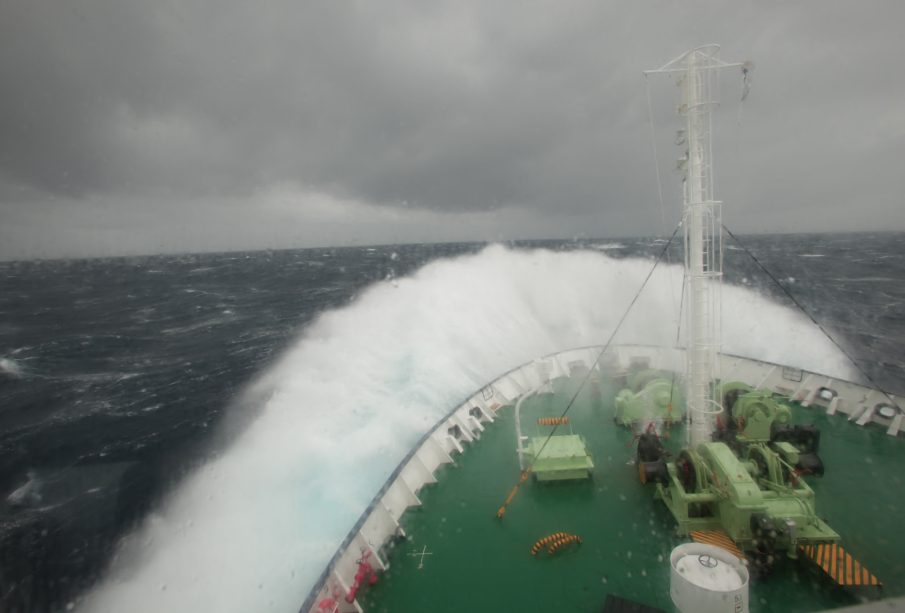Understanding the Drake Passage and Its Global Importance

Introduction
The Drake Passage, located between the southern tip of South America and Antarctica, is a crucial waterway both geographically and climatologically. As one of the most turbulent and challenging maritime routes in the world, it plays a significant role in global climate regulation and shipping routes. Its importance has been underscored by recent events that impact global trade and climate resilience.
Current Events and Geographic Importance
The Drake Passage stretches approximately 800 kilometers (500 miles) and is notorious for its rough seas and unpredictable weather, resulting from the confluence of the Atlantic, Pacific, and Southern Oceans. Ships crossing this passage often encounter large waves and strong winds, making navigation a daunting task. However, it is the only maritime route that connects the Atlantic and Pacific Oceans at such southern latitudes, making it a critical corridor for both international shipping and scientific expeditions.
In recent months, increased maritime traffic due to the rise in Antarctic tourism and fishing has put pressure on the delicate ecosystem of the region. The Union of Concerned Scientists has raised alarms about the need for stricter regulations to protect marine life in the Drake Passage, as climate change is also contributing to shifts in wildlife populations and ocean temperatures.
Climate Change and Environmental Concerns
The Drake Passage is not just a physical boundary; it is also a significant player in global climate dynamics. The convergence of cold polar waters and warmer ocean currents in this area influences global weather patterns and sea-level rise. Scientists are closely monitoring the effects of melting ice from Antarctica, which contributes to rising sea levels and changing ocean conditions affecting marine biodiversity.
Furthermore, recent studies indicate that the circulation patterns in the Drake Passage are changing, potentially leading to altered climates in regions as far away as North America and Europe. Researchers emphasize the need for continued climate monitoring and international cooperation to better understand and mitigate the impacts of these changes.
Conclusion
As a vital maritime route and a key player in global climate architecture, the Drake Passage holds significant implications for international shipping, environmental policy, and climate science. Given the ongoing challenges posed by climate change and increased human activity, it is crucial for global stakeholders to collaborate on sustainable practices in this region. The future of the Drake Passage will not only affect local ecosystems but could also influence climate conditions worldwide, making it a focal point for both environmentalists and shipping industries alike.









